The Final Explosion
Austin’s nightmare ends, but questions about the killer’s motive still linger
Austin American-Statesman
March 7, 2019
Investigators who had devoted weeks to finding the Austin bomber moved fast in the hours after getting their most promising lead 18 days after the first bombing. An FBI crime analyst had matched a suspect’s name with store receipts showing he bought the same items found in the explosive devices.
Property records showed he lived at a house just off Main Street in Pflugerville. He had no criminal record. His social media footprint was barren. Internet searches revealed no ties to radical groups.
The highest-ranking officials overseeing the investigation decided it was time to make their move. They hoped to get warrants to raid his house and arrest him. Nervous about information seeping out, they hand-picked a small team of investigators from two federal agencies — the FBI and the Bureau of Alcohol, Tobacco, Firearms and Explosives — and the Austin Police Department to present their case to top leaders and prosecutors.
They crammed into a small conference room. Standing at a dry-erase board, Austin police homicide Detective Rolando Ramirez and several federal agents began listing everything linking the suspect to the bombings.
U.S. Attorney John Bash and Travis County District Attorney Margaret Moore scrutinized their work.
“Things were moving fast,” Moore said. “Our attention turned to, ‘We’ve got to do this right. Everything has to be perfect. We have to be solid.’ ”
Investigators started with the biggest clue: The suspect drove a truck like the one a FedEx employee saw after the disguise-wearing bomber shipped two explosives.
By then, investigators had gone through hours of security video from a Fry’s in North Austin. There was footage of the suspect strolling through the electronics aisles, tossing five batteries with “snap connectors” into a shopping basket — just like the kind found in the bombs. Investigators then matched the customer in the security video with a driver’s license photo of a clean-shaven young man in glasses. That left little doubt the suspect had been out shopping for bomb parts three days before the first explosion.
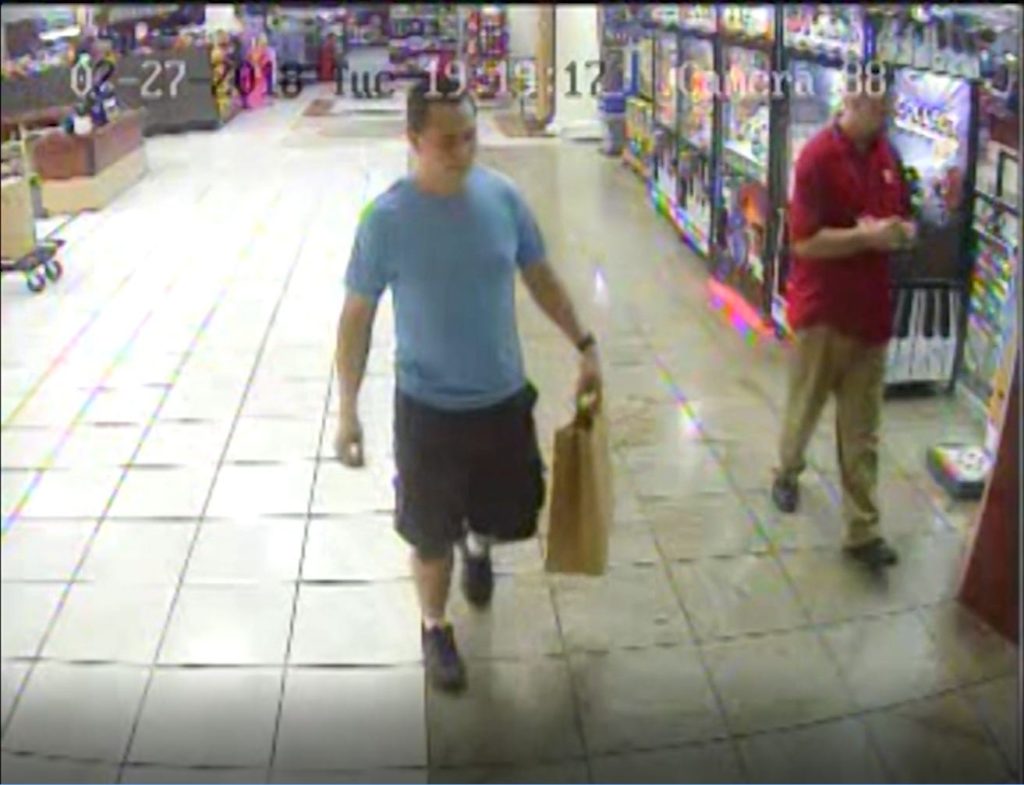
Investigators had also learned that the suspect had bought five “Drive Like Your Kids Live Here” signs March 13 at a Home Depot in Round Rock — identical to the ones used to anchor a tripwire in the Travis Country blast five days later. In the same purchase, he bought a six-pack of pink work gloves that matched the pair the bomber wore to the FedEx store.
Based on the time of his Home Depot purchase, investigators backtracked and found more security video footage. Once again, the customer looked like the same person in the suspect’s driver’s license photo.
“There is information coming in so quick that even the command wasn’t aware of all the information,” said Fred Milanowski, special agent in charge of the Houston division of ATF, which includes Austin. “Once they got to about the sixth thing that tied this person, I was like, ‘That’s our guy. Now the big question is, ‘Where is our guy?’ ”
In the same small room, prosecutors frantically typed out warrants to arrest the suspect and search his home. There were also search warrants for the suspect’s cellphone and internet provider; those would help investigators learn more about his computer searches and track him with his phone’s GPS.
“There is that moment of relief because when they outlined on the whiteboard all of the connections, everything that made them believe that the bomber was in fact the person who he turned out to be, it was readily apparent that he was,” said Brian Manley, who at the time was interim police chief but went on to become chief. “But you still have that sense of concern, because he wasn’t accounted for yet.”
By that evening, undercover agents were parked outside Mark Conditt’s yellow wood-framed house on North Second Street in Pflugerville. The suspect’s father had bought the 1950s-era fixer-upper months earlier and put his son’s name on the deed, telling acquaintances it was to be a father-son renovation project. Two roommates, whom Conditt had found through online postings, shared the house.
As they staked out the house, surveillance teams got close enough to see the same red 2002 Ford Ranger in the driveway and snap photos of items in the bed.
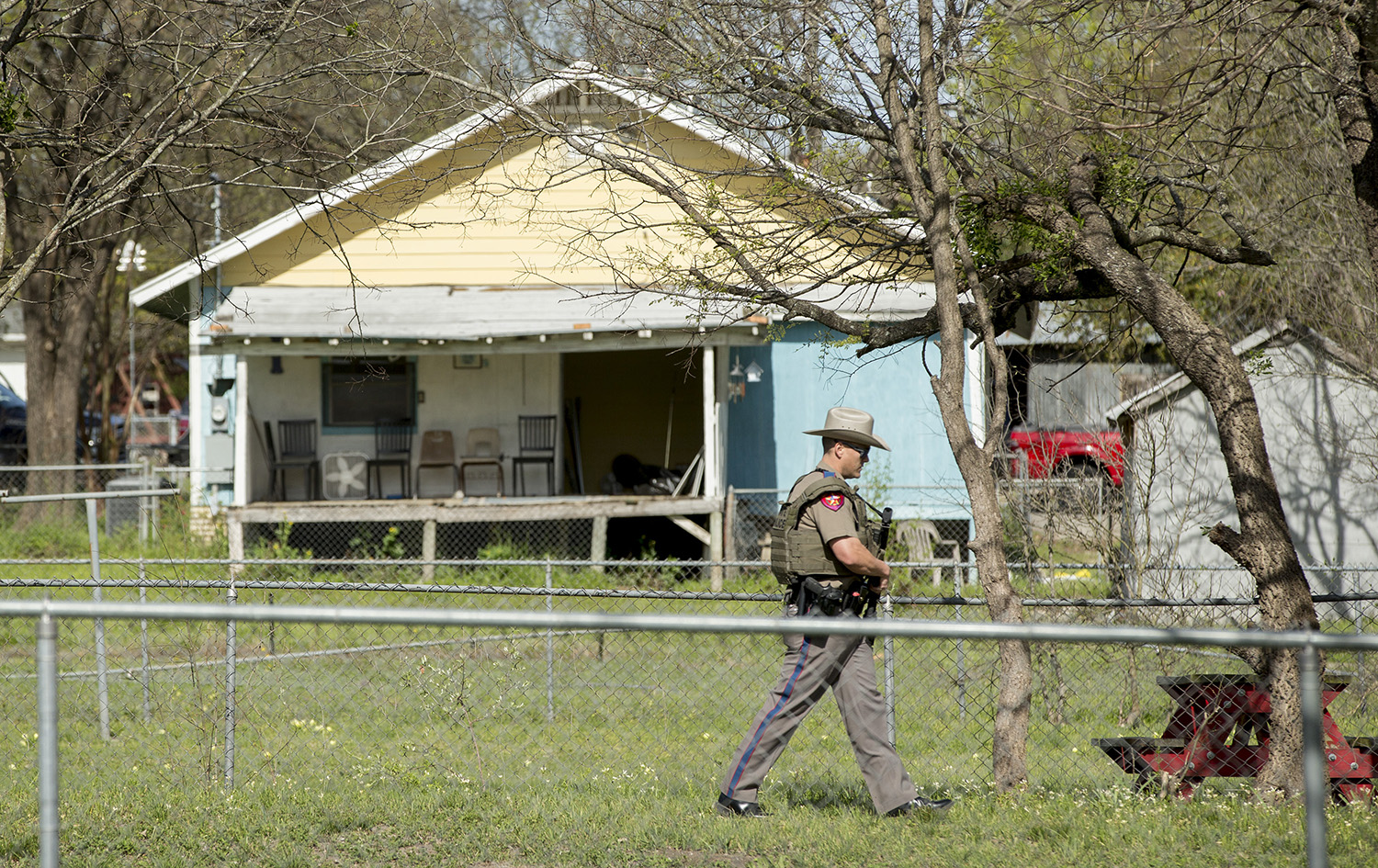
Conditt left the house before police were ready to move in and never returned. Investigators later learned he spent the rest of his final day working at a garage door repair company and then heading to a public library in Round Rock. He spent several hours surfing the internet on the library’s public computers, possibly trying to determine whether he’d been identified as a suspect.
“I think in some form or fashion, he was concerned we were potentially closing in on him,” Manley said.
Manley and Milanowski huddled with Chris Combs, special agent in charge of the regional FBI office. They had to figure out how to move forward quickly but avoid spooking the bomber. They also had to prepare contingencies for dealing with someone who’d repeatedly proved he was willing to kill.
About 5 p.m., officials tried to dispatched an ambulance to a nearby park on Pflugerville Drive to await police action. Officials suspected the bomber might have booby-trapped his house with explosives, so they needed first aid close by when they moved in.
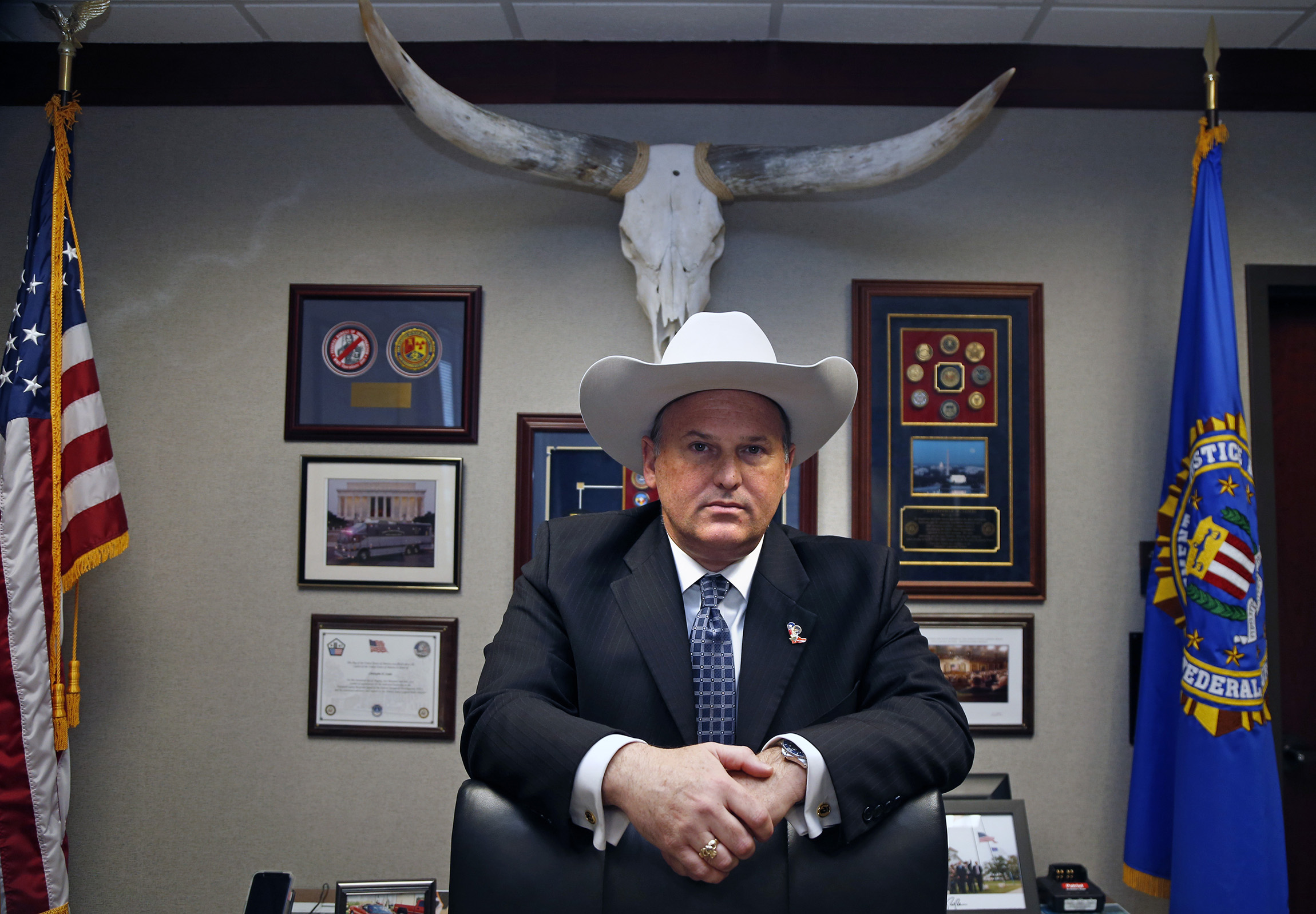
But the medics received incomplete instructions. They knocked on the door of the suspect’s house, thinking they were being sent to a medical call. They spoke to one of the suspect’s roommates before realizing their mistake. After they reported what had happened to the command post, investigators feared the roommates might tip off the suspect.
Officials weighed what to do next: go ahead with the search or wait until daylight, when it would be safer.
Everyone agreed it was best to hold off. Manley fought the inclination to second-guess that decision. His biggest fear was that the bomber would be out planting more explosives after they went home to sleep.
That night, he thought his worst fear had become a reality when news broke about an explosion at a Goodwill store on Brodie Lane. Given its proximity to the FedEx store where the bomber had shipped two explosives, officials thought it might be connected to the serial bombings. But that small blast turned out to be from ammunition inadvertently left in items a man had donated to the thrift shop earlier in the day, a false alarm that nonetheless set the city’s nerves further on edge.
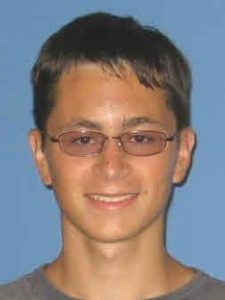
By nightfall, investigators had a court order to put a tracker on the suspect’s phone and were monitoring cell towers across the city, praying for a ping.
But Conditt had turned his cellphone off.
At the command post, investigators scattered to get what rest they could before a major operation at dawn. Manley wasn’t ready to call it a night.
“There were very few people left in the command post, and I was just thinking through things,” he said.
Manley noticed a cluster of animated investigators, so he strode over. Federal agents remember telling him the suspect had just powered on his phone long enough for its signal to beam back to the command post. It had pinged at a parking lot near Interstate 35 in Round Rock.
Investigators knew they couldn’t wait for daylight.
“We have to get this guy now,” Combs said.
Manley dispatched undercover officers to the motel.
Combs raced from his hotel toward Round Rock. En route, he called a Texas Department of Public Safety major he’d talked to dozens of times as the case unfolded; they needed every trooper anywhere near Round Rock to throw up a perimeter immediately.
“Get up there; surround that hotel; we’re coming,” Combs said. “We need every resource you have.”
SWAT team members had trained nearly three weeks for a possible take-down but had been sent home for the night. They scrambled back and met in the Rudy’s Bar-B-Q parking lot near the motel around midnight. There they quickly ran through possible scenarios. He might’ve booby-trapped his truck. He could have a bomb under his seat.
Manley and other officials leading the investigation gathered in a Chuy’s parking lot a little bit farther south along the I-35 frontage road.
“We had already talked about, if he moves, we have to take him down,” Combs said. “We can’t let him get away.”
The SWAT team members climbed into two white vans and awaited a go signal.
“We would have liked to contain him and gain control over him to give him the chance to peacefully surrender,” SWAT team Sgt. Brannon Ellsworth said.
They were still awaiting a caravan of armored vehicles chugging up I-35 from police headquarters downtown when their radios buzzed. Just before 2 a.m., the suspect pulled the car he was driving, a red Nissan Pathfinder that belonged to his parents, out of the motel parking lot.
Circling overhead, a DPS chopper equipped with a forward-looking infrared video camera tracked the SUV as it backed out of a corner parking spot and picked up speed.
The DPS radio crackled:
“Air to ground, he’s on the move, backing out now.”
“Ten-four. Where’s he at?”
“I’ve got him eastbound, Wall Lane, coming up to 35 frontage.”
The DPS aerial camera captured the SUV cruising down an empty two-lane road and easing to a stop at a four-way intersection.
The aircraft swung around for a wide shot of the suspect’s SUV and the growing police convoy behind him — nine chase vehicles in all. The truck accelerated.
“All right, we’re through the intersection, southbound, still on frontage, from Old Settlers. Look for the laser. I got it on him.”
SWAT officers inside two vans followed. Manley and other officials joined the convoy, staying several car-lengths behind.
“I’m thinking about all the ways this could transpire,” Manley recalled. “You know this is an individual who is willing to kill innocent people, and the likelihood of him being armed, knowing however this played out, it was going to be a very dangerous operation.”
The 11 SWAT team members didn’t like how things were going. The suspect was heading south on the interstate frontage road, able to get back on the highway at an on-ramp he was approaching. They knew letting him onto the interstate would be even more dangerous.
It was time to act.
Ellsworth radioed his lieutenant for permission to use one of the vans to knock the SUV off the road and into a ditch.
The van’s driver sped up and slammed the SUV’s back bumper. The impact sent Conditt careening into the patch of grass separating the frontage road and I-35.
SWAT team members leapt from the vans and sprinted toward the car. The first to reach the car beat on the passenger window. He was in midswing for the third time, his partner close behind him, when the heat-sensitive video from the overhead chopper flashed white.
“Got an explosion, got an explosion inside the vehicle!”
In the chaos, Manley and other officials checked on each SWAT team member one by one. None was seriously hurt. Inside the SUV, Conditt was dead, ripped apart by his final bomb.
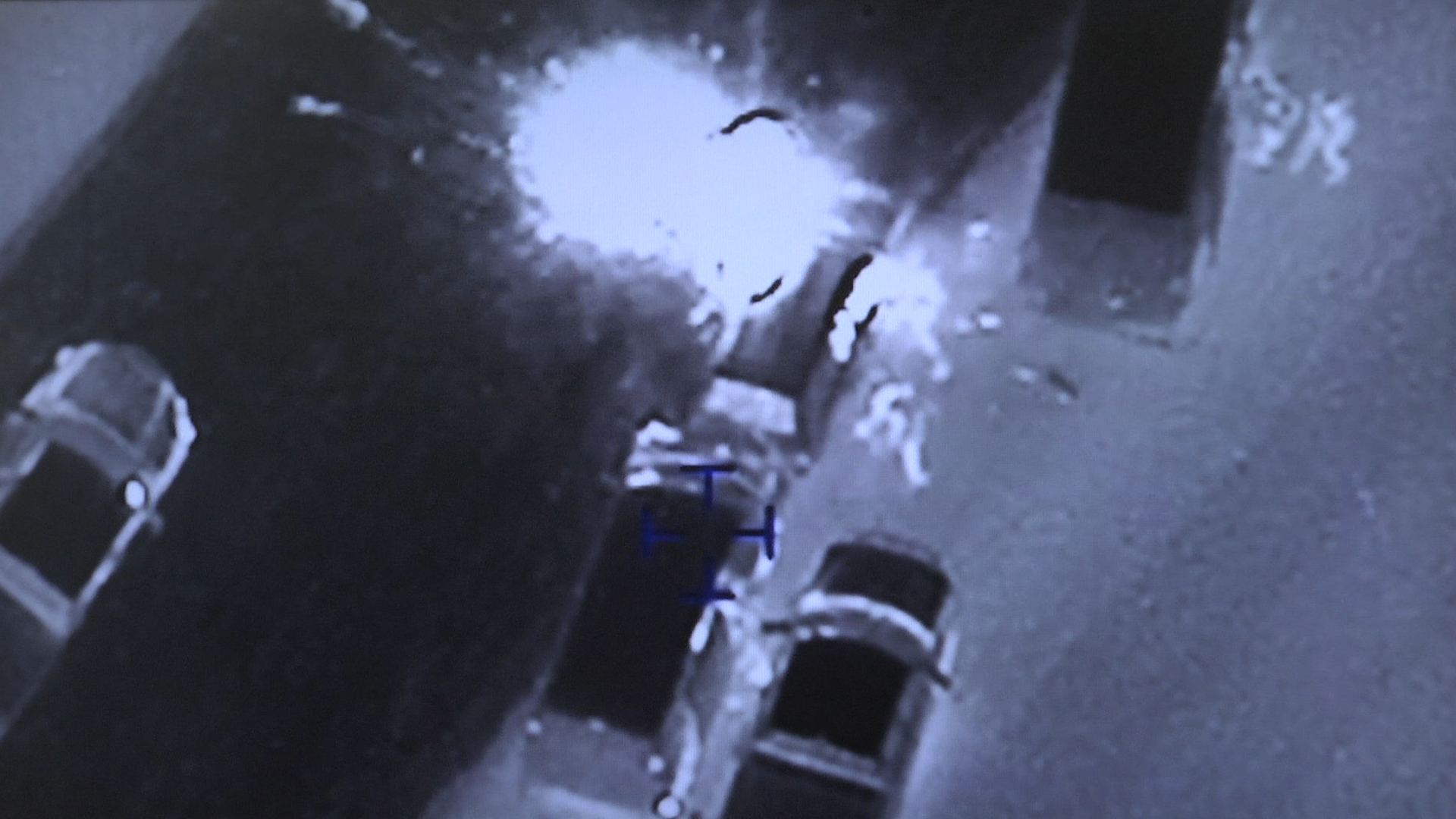
Ramirez soon arrived at the scene. As the sun came up that morning, the feelings of the past three weeks rushed in as he stood beside the blown-out car.
“I was angry because he made us go through all of this, the community. He took the peace away from Austin,” Ramirez said. “It was senseless.”
As they dug through the remains of the vehicle, they found Conditt’s phone with a chilling recorded statement that amounted to a confession.
“It’s me again …” he began.
In a rambling 28-minute monologue, Conditt called himself a psychopath and said he had been disturbed since childhood. He listed his mistakes, including going to the FedEx store. He detailed a plan to go into a crowded McDonald’s to blow himself up if police moved in on him. He ended with a chilling declaration: “I wish I were sorry, but I am not.”
They also found evidence that he was planning more attacks.
“He wasn’t done,” Combs said. “He had plans to do other attacks of different size and capacity.”
Conditt never shared any of that with his roommates, who were questioned but not charged. Investigators would later learn that the bomber was so secretive that he he kept a padlock on his bedroom door.
Over the past year, Ramirez and a handful of federal agents have kept investigating. They have tried to learn what made a 23-year-old man spiral into an explosives-fueled killing spree.
“We also had a lot of work to do to make sure there were still not other people involved,” Manley said.
They struggled to understand how Conditt had chosen the homes and the victims. The answer, Combs said, is “only in his demented mind.”
Ultimately, they couldn’t answer the question that had haunted Austin.
“I still want to know why,” Manley said.
With the investigation wrapped up, the chief refuses to utter the bomber’s name, and the department will not release his 28-minute confession. Manley wants any attention given to the case to stay on the victims and the massive effort devoted by hundreds in law enforcement to stopping the Austin bomber. He also worries that the recording could serve as a tool to help future attackers.
That morning last March, investigators again taped off a crime scene and combed the frontage road in Round Rock for the fragments that always revealed the bomber’s signature. But they knew the most urgent part of their work was done.
Manley stayed on the roadside for several hours. He hadn’t slept for 26 hours. As the sun rose on the grisly scene, he hoped his city could start to feel safe again.